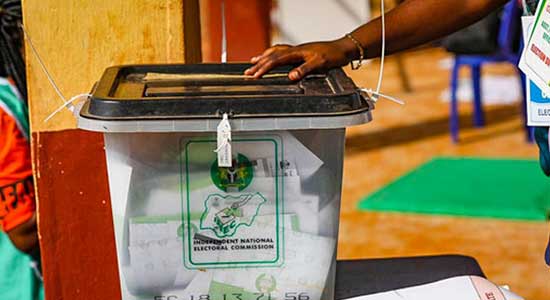10 fresh additional Lassa fever cases recorded in the nation were traced to the states of Ondo, Edo, and Bauchi, according to the Nigeria Centre for Disease Control (NCDC).

According to the NCDC’s official website, between July 25 and July 31, cases were registered in Ondo (30%), Edo (26%), and Bauchi (14%).
Lassa fever is a viral hemorrhagic virus that is spread by rats, according to InsightnaijaTV.
Although it has been known about since the 1950s, the virus wasn’t discovered until two missionary nurses died from it in the Nigerian town of Lassa in 1969.
It is mostly found in West Africa and has the power to kill tens of thousands of people.
The virus is still present in body fluids, including semen, even after recovery.
Because the “multimammate rat” (Mastomys natalensis), the animal vector for the Lassa virus, is widespread in the area, neighboring countries are also at risk.
According to the center, the three states bear a majority of the nation’s infectious load.
It was also stated that 164 people had died, bringing the total number of confirmed cases in 2022 to 867.
According to the NCDC, 99 local government districts in around 24 states of the federation reported at least one confirmed incidence in 2022.
It states that during week 30, which ran from July 25 to July 31, there were exactly 10 additional verified cases, matching the amount that had been reported for week 29 of 2022.
Ondo, Edo, and Bauchi States reported these.
“Cumulatively from week 1 to week 30, 164 deaths had been reported with a case fatality rate (CFR) of 18.9 percent which is lower than the CFR for the same period in 2021 (22.8 percent).
“The predominant age group affected is 21-30 years (Range: 0 to 90 years, Median Age: 30 years). The male-to-female ratio for confirmed cases is 1:0.8.
“The number of suspected cases has increased compared to that reported for the same period in 2021. No new healthcare workers were affected in the reporting week 30.
“National Lassa fever multi-partner, multi-sectoral Technical Working Group (TWG) continues to coordinate the response activities at all levels,” it said.
According to the Nigerian Public Health Institute, avoiding contact with Mastomys rats, particularly in the areas where outbreaks take place, can help prevent the primary transmission of the Lassa virus from its host to people.
“Putting food away in rodent-proof containers and keeping the home clean help to discourage rodents from entering homes.
“Using these rodents as a food source is not recommended. Trapping in and around homes can help reduce rodent populations.
Complete control of this rodent reservoir is however problematic due to Mastomys’ widespread distribution in Africa, the report stated.
It further recommended that when caring for patients with Lassa fever, preventative measures against contact with patient secretions should be taken in order to prevent further transmission of the illness through person-to-person contact or nosocomial routes.
“Such precautions include wearing protective clothing, such as masks, gloves, gowns, and goggles; using infection control measures.
Complete equipment sterilization is one of them, as is keeping infected patients isolated from other people until the sickness has run its course, according to the NCDC.

According to some public health professionals, educating Nigerians in high-risk areas about how to reduce rodent populations in their houses may help with the control and prevention of Lassa fever in the nation InsightnaijaTV report.
They discussed additional difficulties, such as creating quicker diagnostic tests and expanding access to the sole known medication therapy, ribavirin.
However, they claimed that work on a Lassa fever vaccine is currently in progress.



















